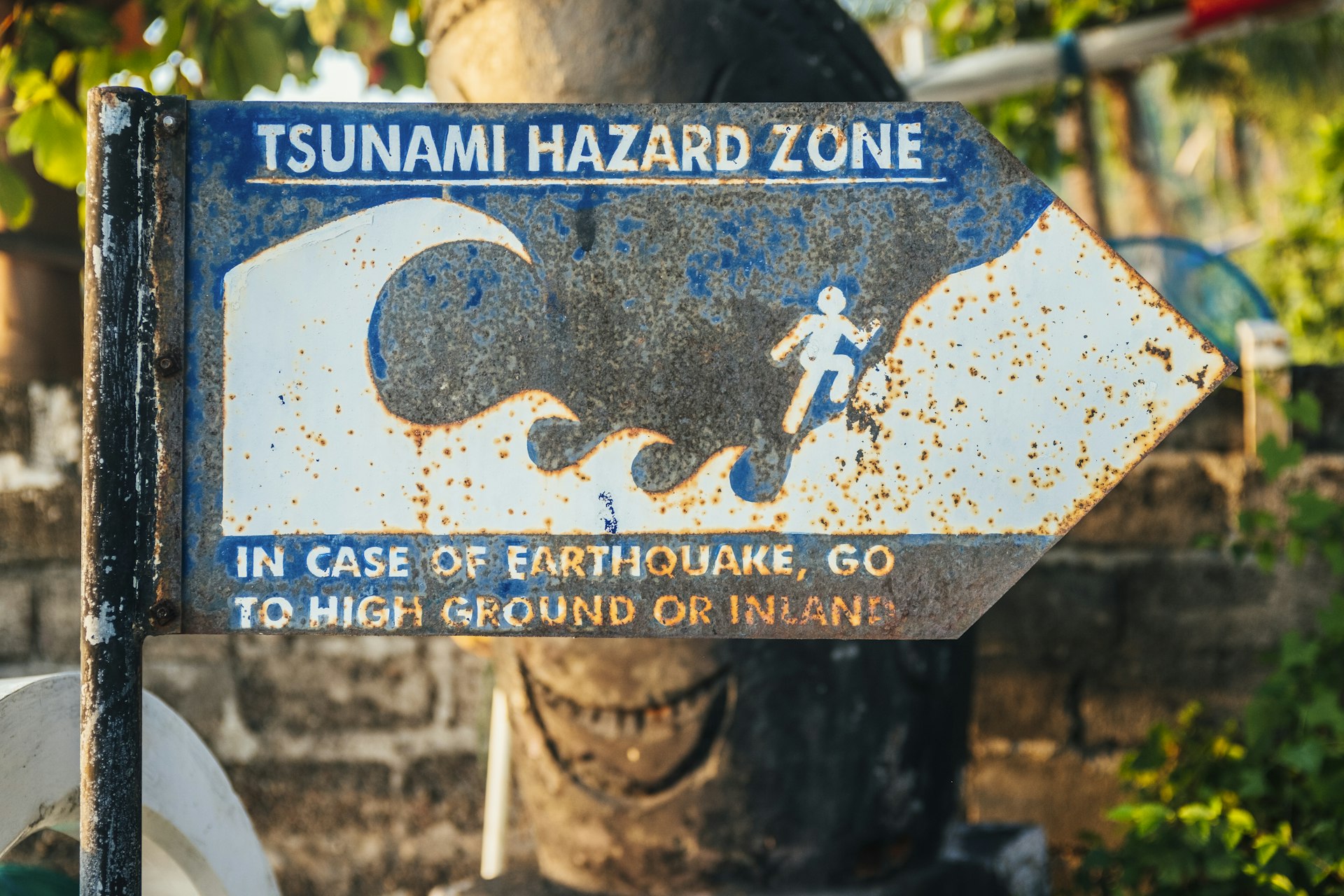Unlocking the Lasting Value of Environmental Education: Building Knowledge, Skills, and Stewardship

Photo by Daria Trofimova on Unsplash
Introduction: Why Environmental Education Matters
Environmental education is more than just a school subject or an extracurricular activity. It forms the basis for developing informed, responsible citizens who understand, appreciate, and act to protect the natural world. As global challenges such as climate change, resource depletion, and biodiversity loss intensify, the need for comprehensive environmental education has never been greater. By equipping individuals with the knowledge, skills, and motivation to address environmental issues, these programs cultivate a generation that can lead positive change within their communities and beyond [1] .
Core Benefits of Environmental Education
Environmental education offers diverse and far-reaching benefits for learners of all ages and backgrounds. Research demonstrates improvements in academic performance, social and emotional skills, and real-world problem-solving abilities. In classrooms and community programs, students engage in hands-on activities that promote a deeper understanding of natural systems, cause-and-effect relationships, and the consequences of human actions. For example, a review of K-12 programs found that environmental education enhances science, mathematics, reading, and writing skills, while also building critical thinking, leadership, and teamwork [2] .
Beyond academic achievement, environmental education improves confidence, self-esteem, and motivation to learn. Activities such as nature-based projects and citizen science initiatives foster a sense of purpose and accomplishment. Learners see tangible results from their efforts, such as increased recycling rates in their schools or restored habitats in local parks. These experiences help develop lifelong learners and thoughtful citizens who take initiative to care for their communities [3] .
Empowering Pro-Environmental Behaviors and Community Engagement
One of the most important outcomes of environmental education is the promotion of pro-environmental behavior change . Studies have shown that participants in environmental education programs are more likely to adopt habits such as conserving water and energy, choosing sustainable transportation, and reducing waste. These behavioral changes can be observed not only immediately after program participation but often persist over the long term [1] .
Community engagement is another critical aspect. Environmental education brings together diverse groups-from private landowners and small businesses to families and local officials-to identify and address pressing local issues. By working collaboratively, communities build trust, relationships, and capacity for ongoing conservation efforts. For example, after participating in a year-long environmental education program, students in several villages reported taking active steps to protect local wildlife and ecosystems. Such real-world action is a testament to the power of well-designed environmental education initiatives [1] .
Enhancing Academic Skills and Civic Responsibility
Environmental education is widely recognized for its role in strengthening 21st-century skills such as critical thinking, problem-solving, and effective communication . By tackling real environmental challenges, learners develop the ability to analyze complex information, synthesize multiple viewpoints, and make informed decisions. These skills are highly transferable and valuable in academic, professional, and personal contexts.
Moreover, environmental education instills a strong sense of civic responsibility. Studies show that students who participate in environmental education are more likely to feel empowered and motivated to engage in community service, policy advocacy, or other forms of public participation. They gain not only knowledge, but also the confidence to take meaningful action on issues that matter to them and their communities [2] .
Building Capacity for Future Conservation Efforts
Environmental education does not stop at the classroom door. It lays the groundwork for future conservation by fostering environmental stewardship and agency. When young people see the tangible results of their efforts-such as cleaner rivers, thriving wildlife, or increased biodiversity-they are more likely to remain engaged and pursue environmental careers or volunteer opportunities. Programs that incorporate citizen science, fieldwork, or partnerships with local organizations give learners authentic experiences and provide pathways for continued involvement [3] .
For example, youth community science projects have demonstrated that when students perceive their work as legitimate, their sense of belonging and commitment to conservation increases. These experiences are fundamental in building a foundation for long-term environmental responsibility and action [3] .
Accessing Environmental Education Opportunities
Opportunities for environmental education are available in many settings, including formal schools, nature centers, museums, youth organizations, and online platforms. To take advantage of these resources, you can:

Photo by Daria Trofimova on Unsplash
- Contact your local school district to inquire about environmental education curricula or extracurricular programs.
- Visit established organizations such as the North American Association for Environmental Education (NAAEE) or the National Environmental Education Foundation (NEEF) to find resources, program listings, and best practices. Both maintain comprehensive, up-to-date websites with directories of environmental education initiatives and professional development opportunities. For more information, visit the NAAEE official website or the NEEF official website .
- Look for community-based programs offered by local parks, botanical gardens, or nonprofit organizations. Many of these groups offer workshops, volunteering, or citizen science projects open to all ages.
- For educators, professional development and curriculum guides are available from recognized organizations. Search for “environmental education curriculum” or “K-12 environmental education resources” to find reputable materials.
If you are interested in championing environmental education in your community or school, consider the following steps:
- Identify needs and opportunities by talking with local educators, parents, and community leaders.
- Explore established programs and adapt them to your context, ensuring they align with local interests and environmental priorities.
- Seek partnerships with local organizations, businesses, and government agencies to leverage resources and expand impact.
- Encourage student-led projects that address real-world environmental challenges, fostering ownership and sustained engagement.
Potential Challenges and Solutions
Implementing environmental education is not without obstacles. Common challenges include limited funding, lack of access to quality resources, and insufficient training for educators. Solutions may involve forming partnerships with established organizations, applying for grants, or utilizing free online materials. Many reputable organizations offer webinars, workshops, and open-access curriculum to help bridge these gaps. Educators can also integrate environmental topics into existing subjects, making it easier to implement without requiring additional class time or resources [2] .
Alternative Approaches and Innovations
There is no one-size-fits-all approach to environmental education. Alternatives include outdoor experiential learning, service-learning projects, and integration with other subjects such as STEM, art, or social studies. Innovative programs leverage technology, such as virtual field trips or interactive simulations, to provide engaging experiences even when access to natural spaces is limited. Community science initiatives, where participants collect and analyze environmental data, are increasingly popular and effective for fostering both knowledge and stewardship [3] .
Key Takeaways
Environmental education is a vital tool for building a sustainable future. It strengthens academic skills, nurtures social-emotional growth, inspires pro-environmental behaviors, and empowers individuals to become active, responsible citizens. By seeking out resources, advocating for programs, and engaging in local initiatives, anyone can support the growth and impact of environmental education. For more information, contact recognized organizations or consult your local educational institutions for guidance on available opportunities.
References
MORE FROM realtyexperts.ai













